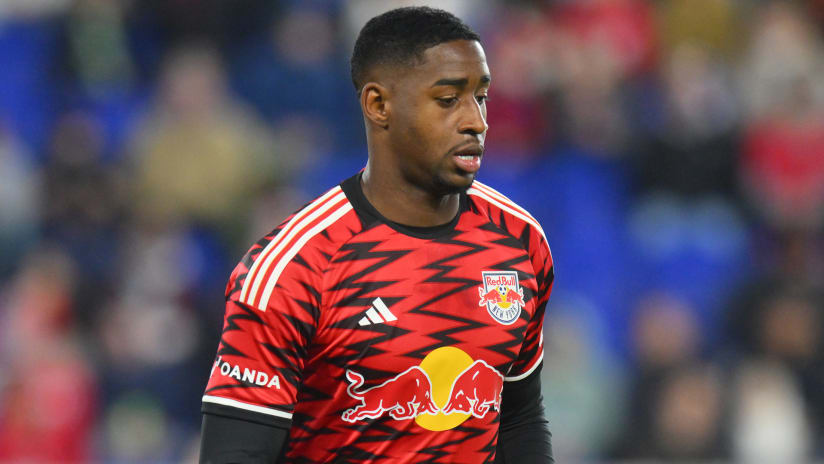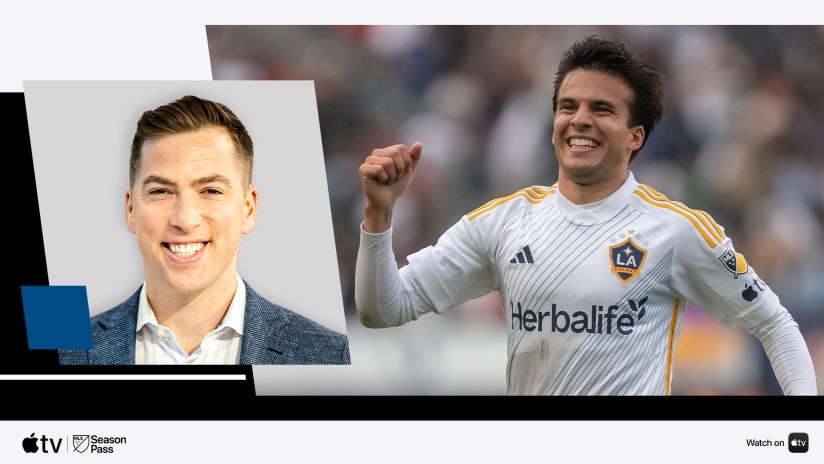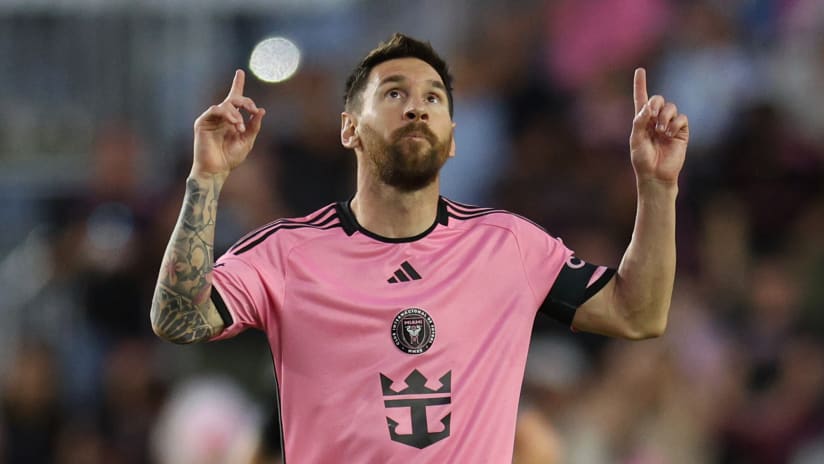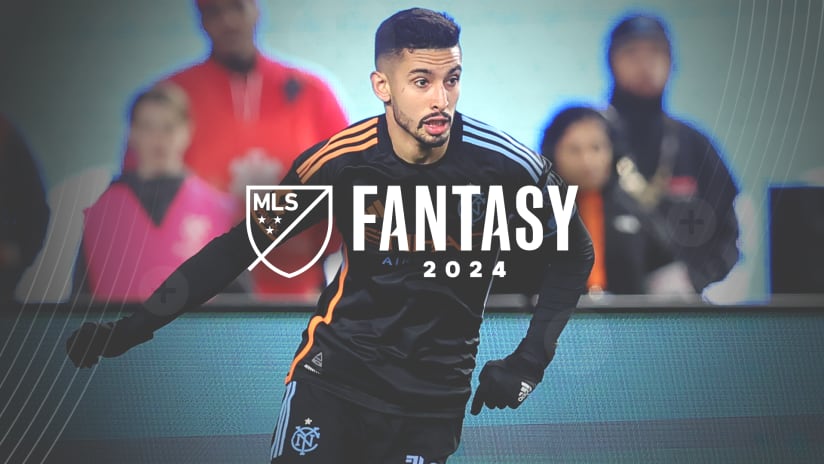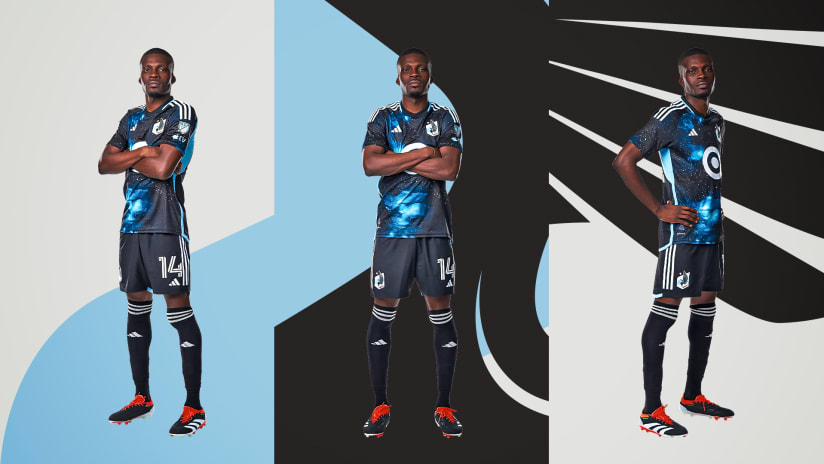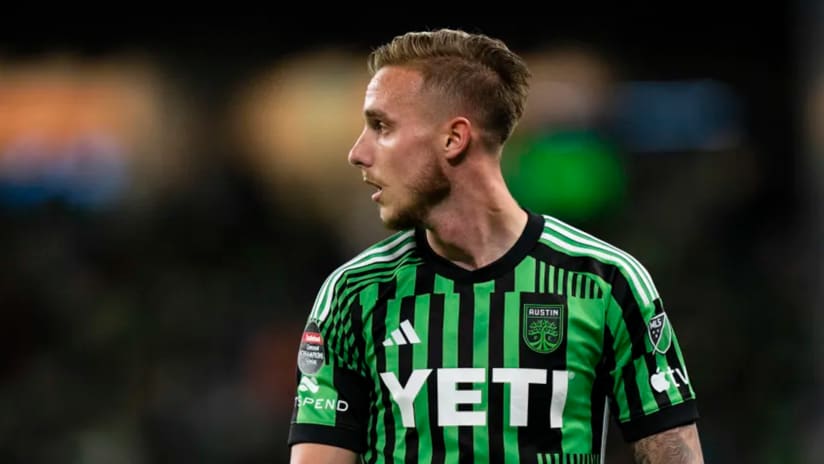His team doesn’t start their season until Saturday, but New York Red Bulls II head coach John Wolyniec already has a couple of big victories under his belt in 2018.
The longtime New York forward saw six of his former NYRB II players lead the way in the MLS team’s 4-0 demolition of the Portland Timbers at Red Bull Arena last weekend. Vincent Bezecourt, Sean Davis, Derrick Etienne Jr. and Ben Mines all started in the blowout, while Tyler Adams and Aaron Long made second-half cameos in the resounding victory. All six of those players played for Red Bulls II before they debuted with the first-team, and all but Davis were on full USL deals before they ever inked an MLS contract.
Adams, Long and another USL alum, first-year MLS midfielder Florian Valot, also played key roles in the Red Bulls’ historic Concacaf Champions League quarterfinal win against Tijuana, each starting the second leg on Tuesday.
They’ve all played well to start 2018, particularly against Portland (highlights above). The 17-year-old Mines marked his MLS debut by scoring the opener, Bezecourt dropped a couple of assists, Etienne had one of his own and Davis played a huge role in locking down reigning MLS MVP Diego Valeri. Adams helped see things out after coming on in the 64th; by the time Long entered in the 82nd, the game was out of reach.
Through their five-game unbeaten start to 2018 in CCL and MLS play, 40 percent of all of New York's minutes have gone to USL grads or academy players.
“It feels great,” Wolyniec told MLSsoccer.com Tuesday afternoon. “I’m stuck somewhere in between being really excited and just recognizing the fact that these guys put a lot of effort in and it’s great to see them kind of see the fruits of their labor. Being able to move themselves up through the ranks and not only just get on the field, but be so successful and be so confident with the way they went about their business Saturday night, it was just a great thing to see.”
Together, their performances illustrate just how valuable USL, which will begin its 2018 season this weekend, can be to MLS clubs. For New York, who wholly own and operate Red Bulls II, the USL team is a bridge to the first-team.
Teenage academy stars like Adams and Mines can dip their feet into the pro ranks in USL before diving into the deep end in MLS. A player like Davis, who spent four years at Duke before signing a Homegrown deal, can get run in USL while working to beat out older, more established players for first-team minutes. Late-bloomers like Long and Valot can extend their developmental timelines in the league before potentially earning a look in MLS.
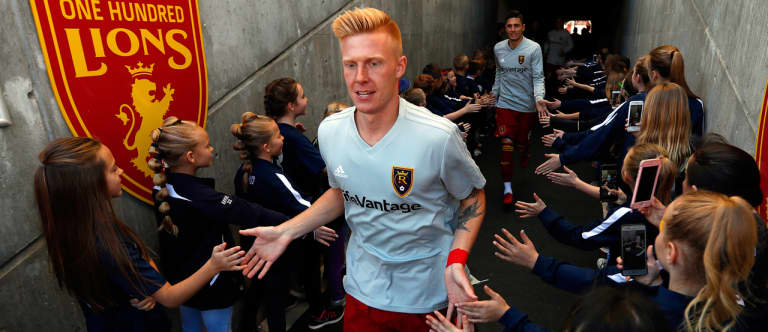
Now a starter for RSL and USMNT prospect, Glad cut his teeth in the USL after leaving the academy. | USA Today Images
Other clubs are taking advantage of the USL pipeline, though none to the extent of New York. Real Salt Lake have one of the better setups. They’ve used their USL side, Real Monarchs SLC, to continue the development of talented youngsters Justen Glad and Danny Acosta during that awkward period in a player’s path when he’s too good for the academy but not yet good enough for MLS.
Philadelphia have also gotten good mileage out of their USL squad. Current Union Homegrown players Auston Trusty, Anthony Fontana, Matthew Real and Mark McKenzie all spent time with the club's USL team, Bethlehem Steel, last year. Trusty and Fontana started their season-opening win against New England on March 3, with Fontana scoring the winner in the 2-0 victory and Trusty performing decently in his first game as an MLS starter.
"A lot of people called for Auston earlier last year. Why not just throw him out there, we're not in the playoff picture, that kind of thing. But it’s not as simple as just throwing them out there and letting them learn that way, because in some ways at a defensive position, a lot more can go wrong," Union head coach Jim Curtin told MLSsoccer.com Tuesday. "An attacker can have a crappy 89 minutes and score a goal and everybody talks about the great goal. With a defender, it goes the other way. You can have a bad one minute and it can set you back, your confidence is gone, you feel like you don’t belong and it’s challenging.
"So we went with the 34 real games at Bethlehem Steel against pros, against men. We know that MLS is a bigger jump up for him, but I think giving him that full season there has really, really helped him. And he had some struggles there, he really did, but I think he grew from it."
A few other clubs are effectively forging ahead in a slightly different manner. The Houston Dynamo, San Jose Earthquakes and Seattle Sounders all have hybrid relationships with USL teams, allowing local ownership groups to run the business side of the operation while maintaining full control over technical matters.
The hybrid setup has had its biggest early returns in Houston, who helped found USL side Rio Grande Valley FC in 2016. The Dynamo have promoted several players from USL to MLS and even hired head coach Wilmer Cabrera from RGV FC after he led the team to the USL playoffs in their first season.
Apart from Seattle, who will still share a training facility with Sounders 2 after they farmed out business ops of their USL side to the Tacoma Rainiers minor league baseball team this winter, the hybrid relationship usually involves a sacrifice. The Dynamo and Quakes save by not running the entirety of a USL team, but they lose the convenience offered by proximity. Houston and San Jose are hours away from their respective affiliates in South Texas and Reno, hampering easy training integration between their MLS and USL sides.
That distance can make it harder to develop young players, but many around MLS think it’s preferable to affiliating with an entirely independent USL team. Just like their MLS counterparts, independent USL sides are primarily in the business of winning games. For a coach who needs good results to keep his job, it’s often preferable to give minutes to more experienced, full-time USL players than a developing MLSer who might only be in town for a week or two.
No MLS club feels that disconnect more than FC Dallas. FCD have long had one of the more productive academies in MLS, leading the league in US Soccer Development Academy titles and in number of Homegrown players signed. Those are nice milestones, but they haven’t translated to Homegrowns succeeding with the first-team. Of the record 21 Homegrown players Dallas have signed, only three – Kellyn Acosta, Jesse Gonzalez and Victor Ulloa – have made an impact in MLS. That’s not a good hit rate, even with a fourth, starting right back Reggie Cannon, looking like he’ll join that group this year.
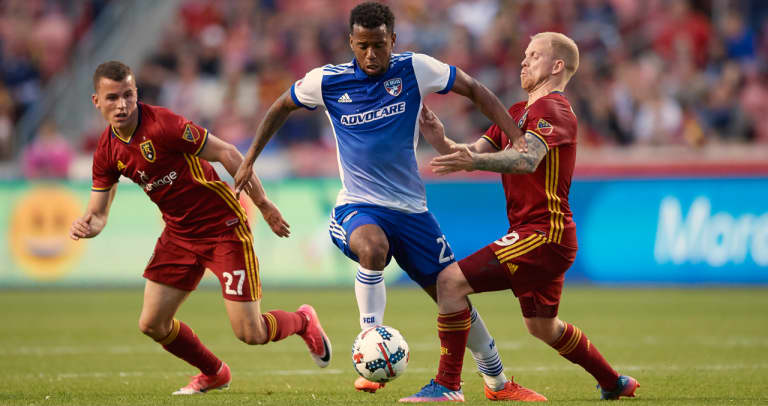
Kellyn Acosta (center) is one of the few Dallas academy products to become a first-team regular. | USA Today Images
FCD co-owner and president Dan Hunt acknowledges that Dallas have struggled to turn academy stars into impactful pros. He told MLSsoccer.com in October that he wants FCD to have a USL side in place in the next few years, a stance reiterated by a club spokeswoman on Tuesday.
“We’re going to have to bridge the gap, and we owe it to the player pool to ensure that they have an outlet to play games,” he said last fall. “Having players not play is detrimental. It’s not just detrimental to the players, it’s detrimental to FC Dallas and it’s detrimental to US Soccer. We’ve got to take that big jump to ensure that we control what happens with minutes played, the opportunities, the frequency and quality of training, the health and nutrition and the environment that leads to the development of successful players.”
Of course, owning and operating a USL team isn’t a catch-all. Teams like Seattle, Kansas City and Portland don’t have as deep of a youth talent pool as New York, and, while they’ve had success here and there, they haven’t been able to push as many impact players through USL to MLS.
Even the LA Galaxy, who operate in perhaps the most talent-rich area in the league and were the first MLS team to establish a USL side back in 2014, haven’t built an effective bridge from their academy to the first-team. The Galaxy didn’t have a single Homegrown in the 18 in either of their first two matches of 2018, though LA Galaxy II alums Daniel Steres, Dave Romney, Justin vom Steeg and Ariel Lassiter have made the bench in at least one game this season.
LA took on more of an academy and USL presence after former Los Dos head coach Curt Onalfo was hired to replace Bruce Arena last year, but the pivot didn’t pan out. USL alums like Nathan Smith, Jaime Villarreal, Bradley Diallo and Jack McBean largely struggled as Onalfo was fired midseason and the Galaxy finished with their worst-ever record. They’re hopeful that the current LA Galaxy II roster, which, according to a club spokesman, will be composed of about 70 percent academy products, will help get the pipeline flowing over the next few years.
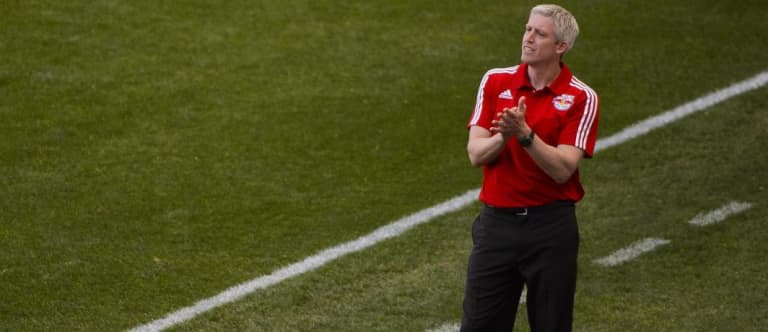
Wolyniec has been instrumental in setting up the Red Bulls' talent pipeline. | Courtesy of the New York Red Bulls
New York don’t have to wait – their system is already producing. According to Wolyniec, the Red Bulls’ success is driven by a multitude of factors. The most important among them? A market stocked with youth talent, an organizational commitment to playing youngsters and a clear tactical identity shared by their MLS, USL and academy teams.
Those integrated tactical principles were on full display in the wins against the Timbers and Tijuana. From the moment they stepped onto the field for their first-team debuts, Mines and Valot fit right in with the Red Bulls. They both pressed high, consistently looked to go forward with their first touches and hit their opponent hard in transition, with Valot tallying an assist shortly after coming on in Leg 1 against Tijuana and Mines scoring the aforementioned opener against Portland.
“It’s clear that the consistency with our principles helps develop the player and helps prepare the player to move up,” Wolyniec said. “If the demands are as closely aligned as possible, you get a good look at whether the demands can be met and then you’re also doing a good job of preparing the player to succeed once they do move up.”
But a consistent tactical approach doesn’t mean much if an organization doesn’t give the players in its pipeline a shot in MLS. The Red Bulls, who, it should be noted, have the advantage of being able to draw talent from the New York market, have made that commitment. They’re now starting to see real results.
The rest of the league is starting to see just how much USL can mean to an MLS first-team.
“If we want to be about playing young players, then we better help them and part of helping them is filling that gap,” said Wolyniec. “Whether it’s after high school or after college or however the player ends up in our system, we’re giving them an opportunity to get immersed in it, to develop in it, to start to put their efforts into it and give them time to adjust and learn and improve, so that when they do move up sign and MLS contract or step onto the field in an MLS game or a Concacaf game, they’re ready to go and ready to show what they can do.
“You can put young guys out there and help them develop and help them learn by being on the field, but if you give them a little bit more and prepare them, then a lot of times the results can improve. I think that’s important for our club and I think it’s important for young American players to have these opportunities throughout the league.”




